Contents
Steps Of An Incident Response Plan
The incident is an unpredictable disaster happens, we do not know when it will be coming. But after we make an incident action plan, then you considered to make an incident response plan, you should think so about the steps of an incident response plan to do. It is a systematic approach that is conducted by an organization or company to do the preparation detection, containment, and recovery from the distrusted cybersecurity breaches. The purpose is to ensure an orderly, effective response to cybersecurity incidents, that can help protect the data, reputation, and income of an organization.
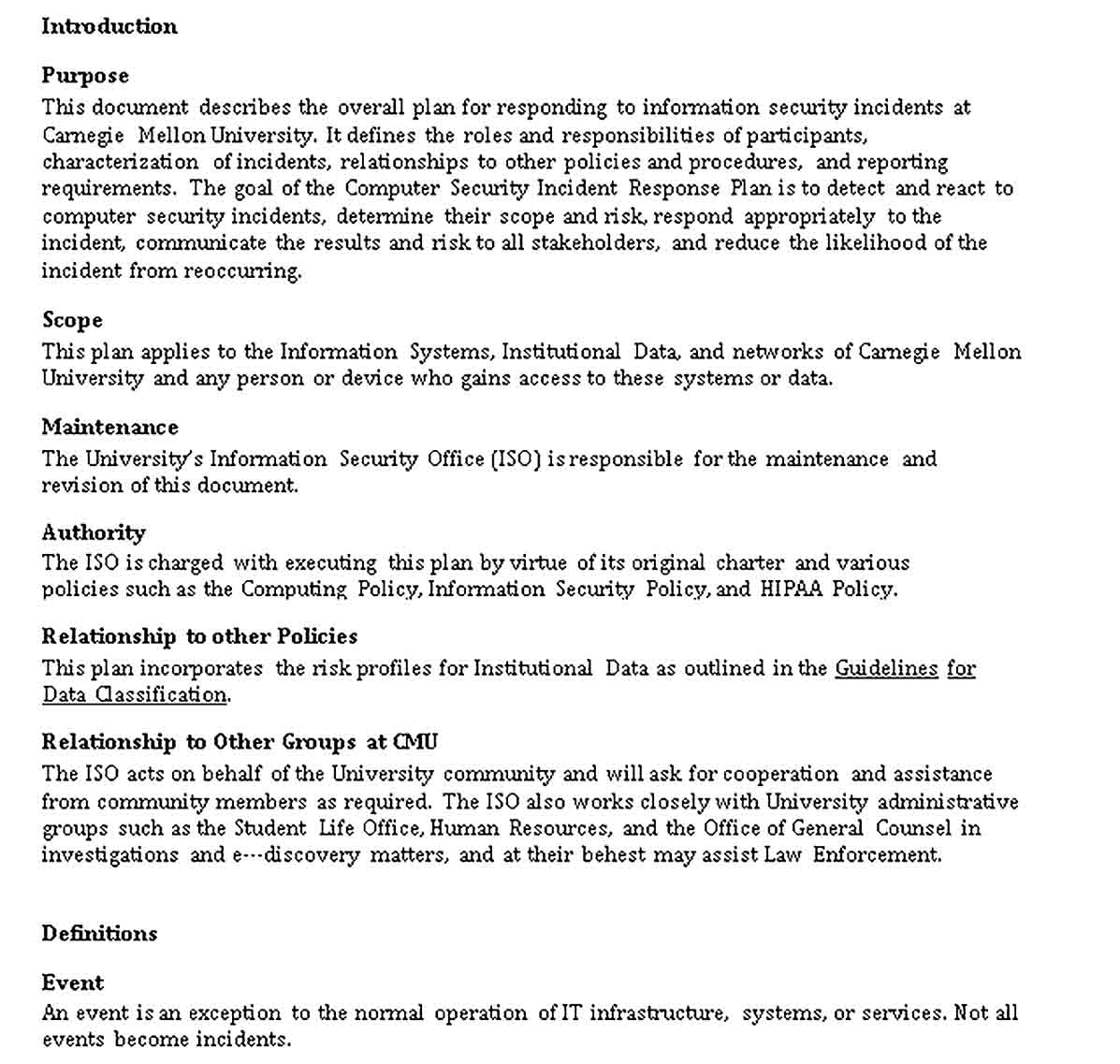
Incident response is important. The sooner the problems can be subtracted. The less damage they can lead. Incident response plan value doesn’t finish the incident though an incident is over.
What Are The Steps Of The Incident Response?
The following items are included in the steps of the incident response plan:
- Preparation
The company will be not able to spin up the effective incident response in a moment. All the plans will be needed. Some plans you should well manage are the team. Your teams need to know their assignments. The plan documents are important to be updated periodically and developed. This first step of the incident response plan must be ensured that all your team can be accessed. Your team also should have a training facility and improving their appropriate skills so they will be more ready to solve the coming incident.
- Detection & Analysis
These phases aim to know and determine what types of incidents, how it can be, and how much is the possibility to occur. The analysis of the signs of the incident has to conduct. If the sign shows valid, so the team will begin to document the evidence and starts to take action. Furthermore, if the incident analysis has been done, the team then give the notification to all the parties like organization or departments.
- Containment, Eradication, & Recovery
The aim of the containment strategy is to stop the impact of an incident before it can cause further damage. After the incident is contained, the team can take the time to adjust the next steps. This must include taking whatever action is needed to resolve the root cause of the incident and return the system to normal operation. This decision has the potential to affect productivity, and the team must approach it carefully. Incident response plans will facilitate their decision-making process by having a set of pre-determined strategies and procedures for detention based on the level of risk that is acceptable to the organization.
- Post-Incident Activity
Every incident should be an opportunity to learn and improve to make betterment, but many organizations pay little attention to this step. The enemy is always developing, and the team needs to follow the newest techniques, tactics, and procedures. 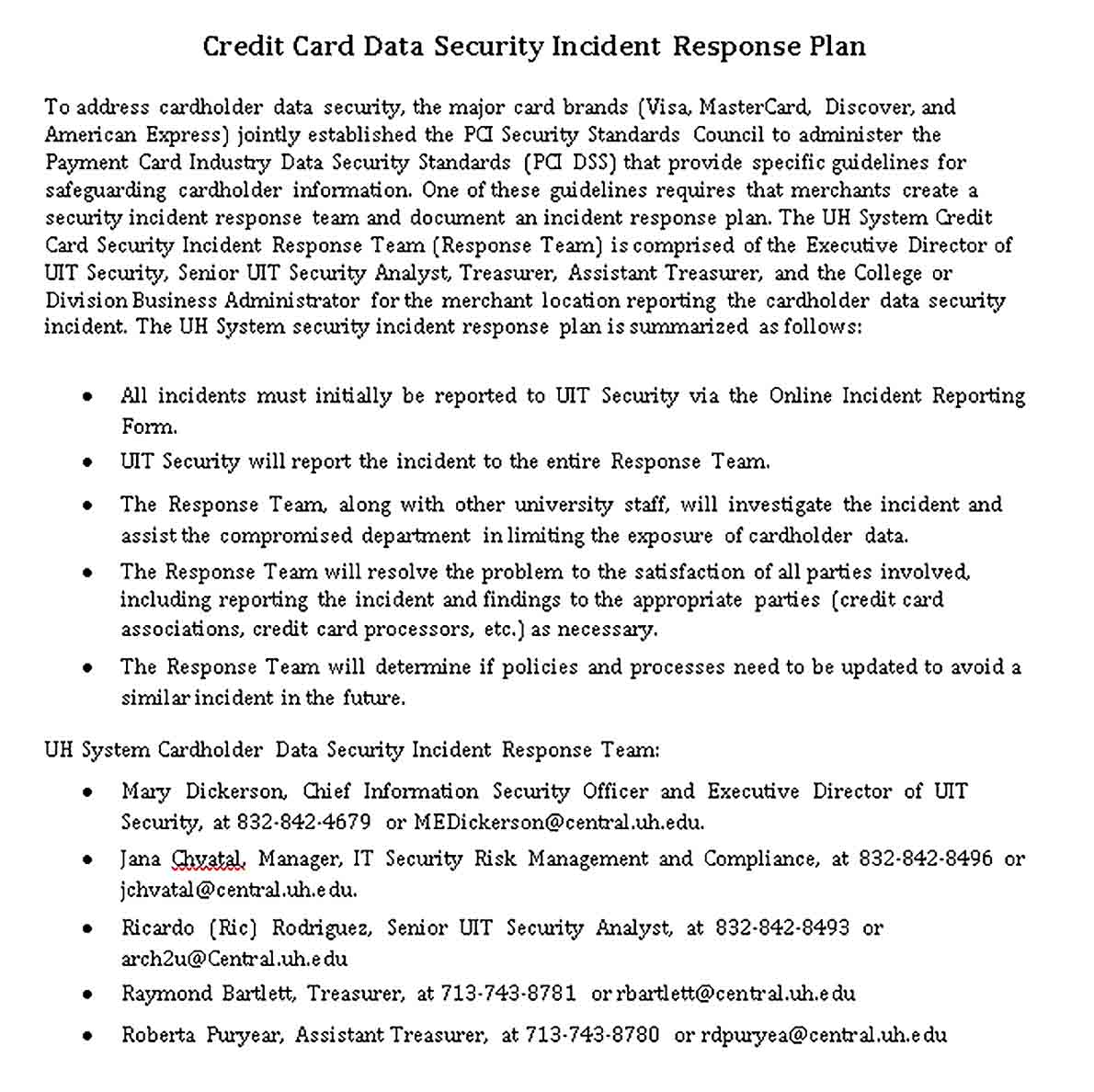
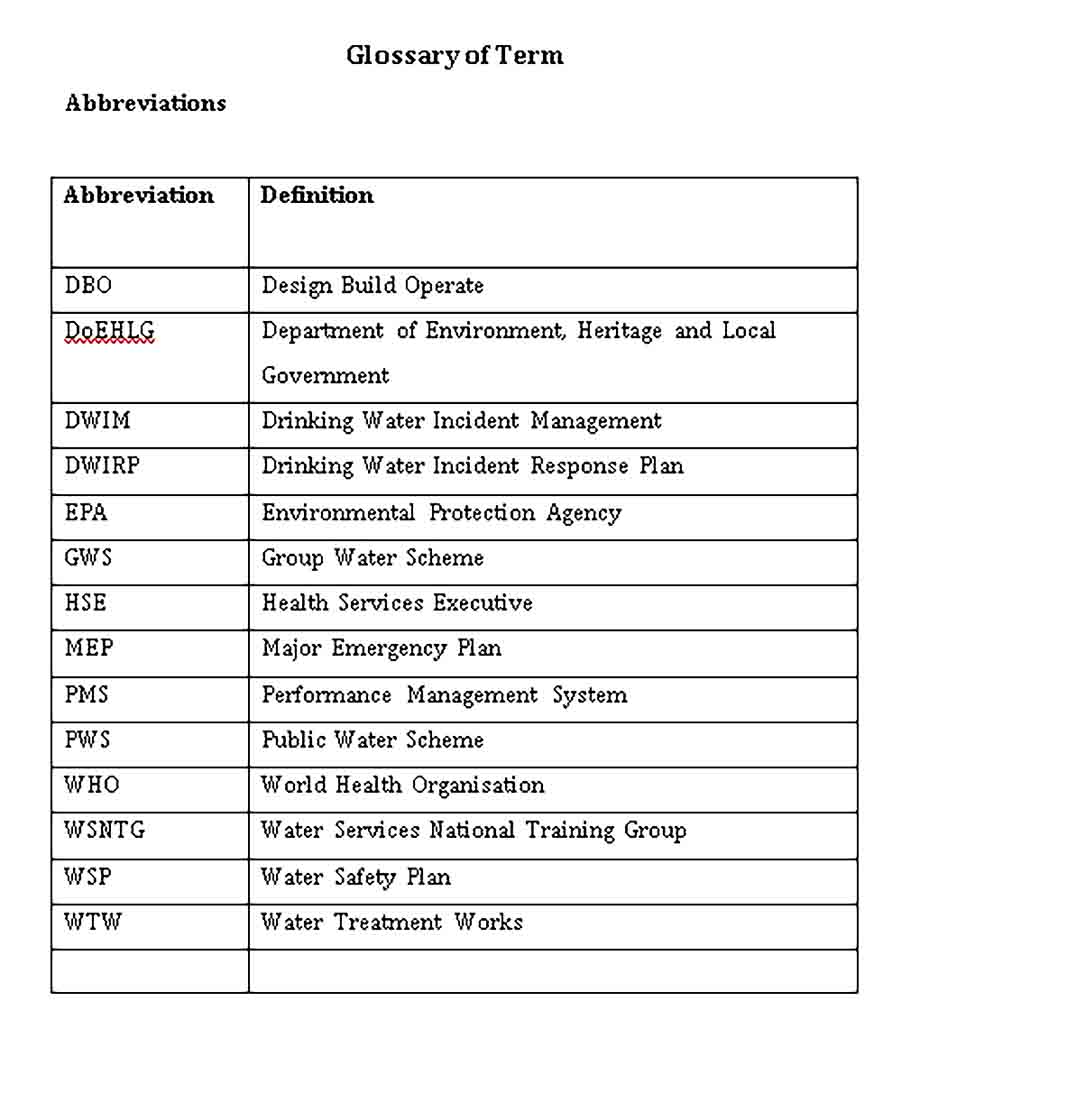
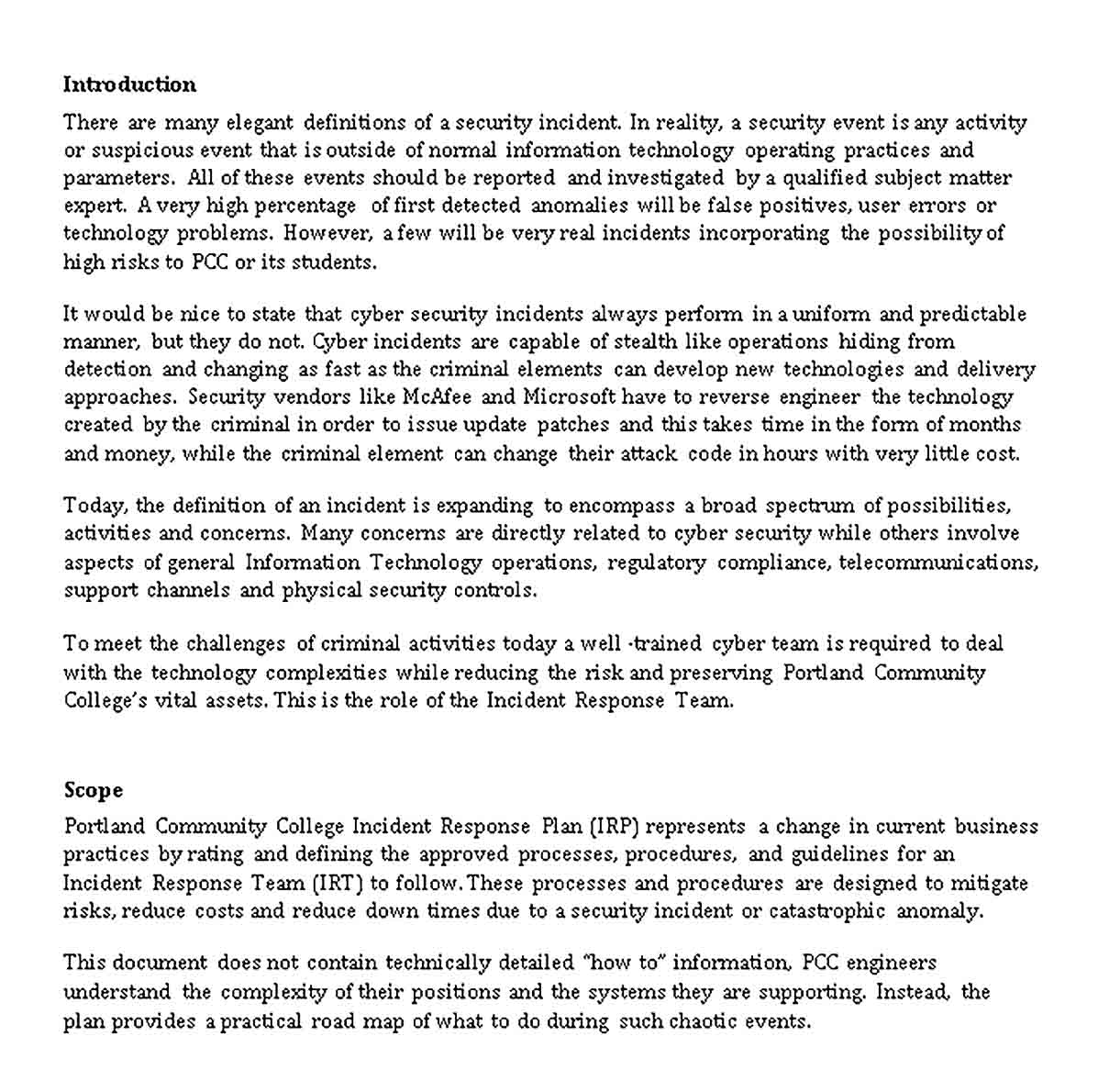
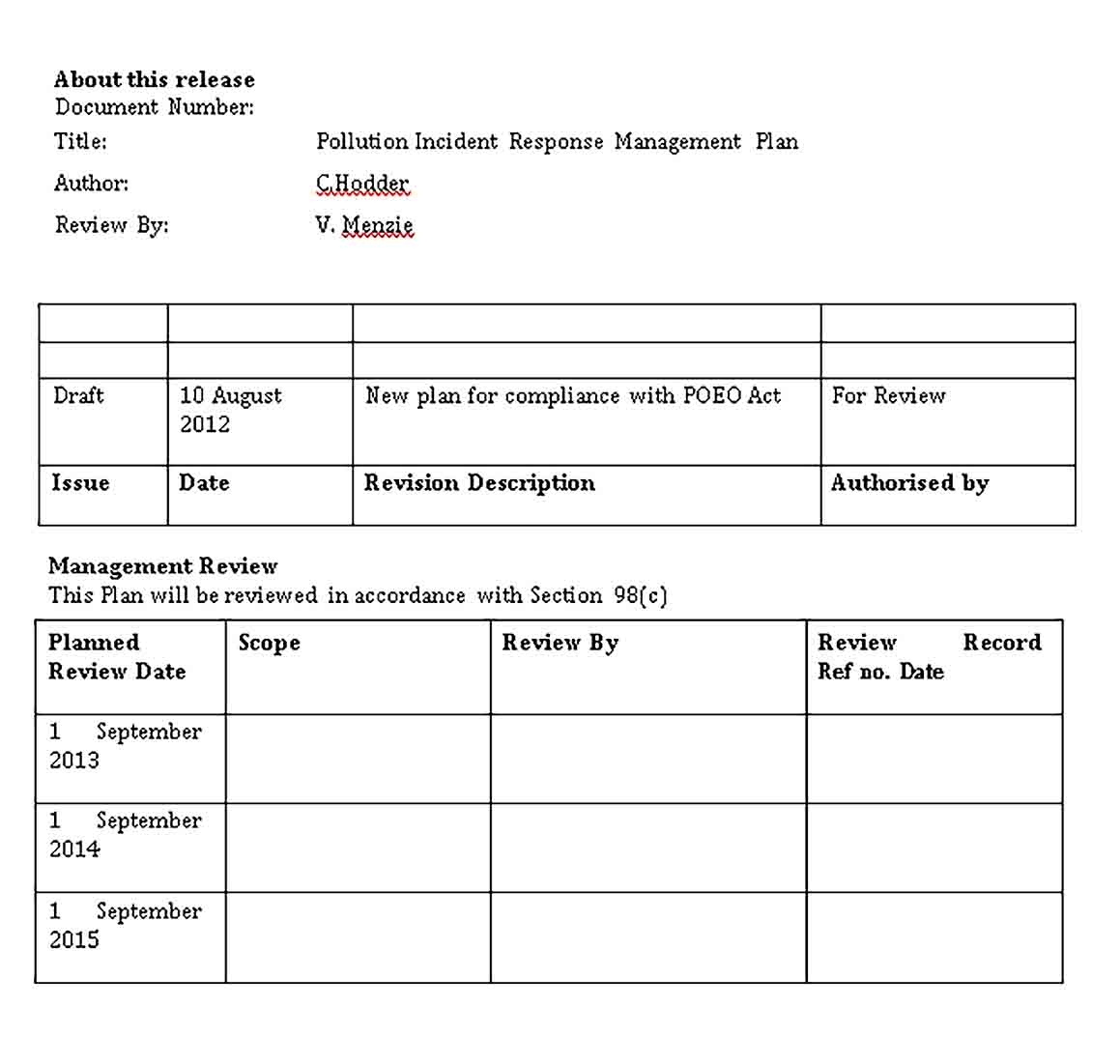
Through this guide, we help companies improve their incident response plan operations by standardizing and streamlining processes. We will also analyze the organization’s existing plans and capabilities and then work with their team to develop a standard operating procedure “manual” to guide your activities during the incident response. Finally, our service team can help test your handbook with exercises such as penetration testing, blue team red team training, and enemy emulation scenarios.
Similar Posts:
- Incident Action Plan Template
- Business Action Plan Template
- Event Action Plan Template
- Individual Development Plan Templates
- Emergency Action Plan Template
- Business Continuity Plan Templates
- Business Continuity Plan Word Template
- IT Strategy Plan Template
- Job Plan Template
- Church Strategic Plan Template
- Employee Action Plan Template
- Excel Project Plan Template
- Best Project Plan Template
- Learning Plan Template
- Homeschool Lesson Plans Template
- Asthma Action Plan Template
- Growth Plan Template
- Crisis Management Plan Templates
- HACCP Plan Template
- Business Continuity Plan Template
- Market Analysis Business Plan Template
- Career Action Plan Template
- Church Outreach Plan Template
- Allergy Action Plan Templates
- Career Development Plans Template
- Business Plan Template Sample
- Corrective Action Plan Templates
- Emergency Operations Plan Template
- Farm Business Plan Template
- Marketing Plan Templates